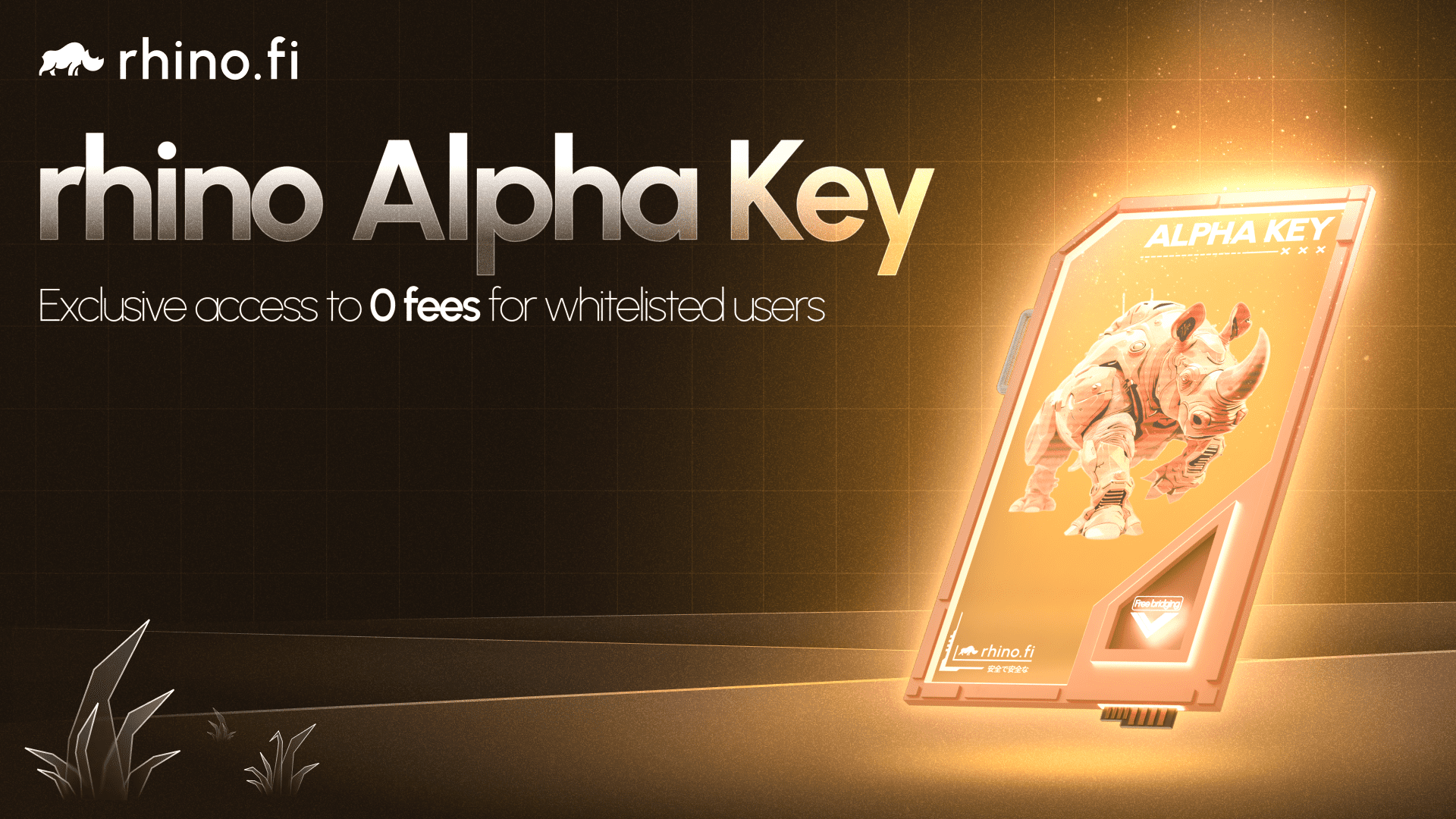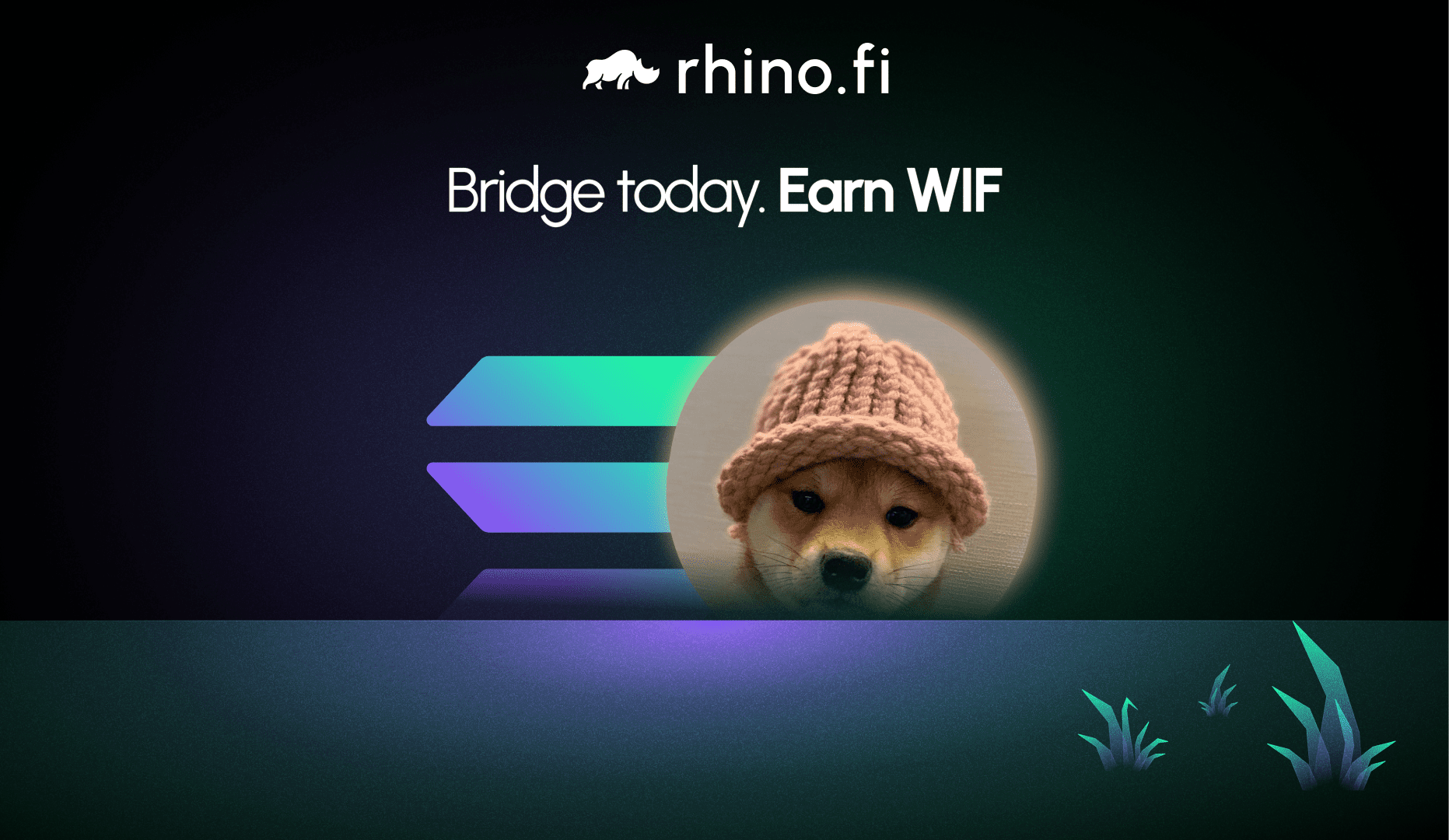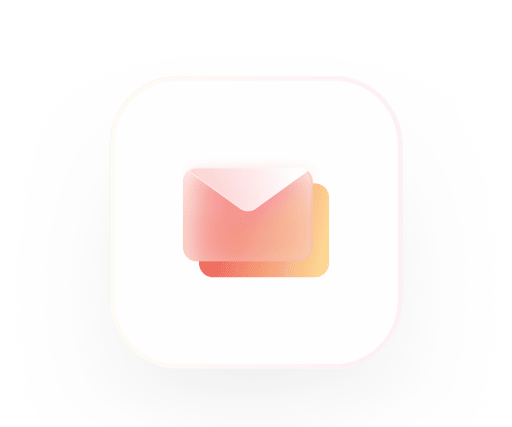

We recently welcomed Daniel Wang of the Loopring team to our Telegram for a community AMA. Check out the summary below:
TL;DR
- Founded by Daniel Wang, who left google to enter the blockchain space and ultimately create Loopring. After a successful ICO, Loopring was forced to return $1ook worth of ETH due to Chinese regulations.
- Plans to deploy new relayer back-end within the next two months. Followed by promotional and marketing campaigns to draw attention to the project’s unique qualities.
- New Relayer back-end API will allow for market making on the DEX. Additionally, soon to release protocol upgrade (V3) migrating some on-chain verification-logic off-chain.
- Working with the Dora team to develop a cross-chain solution for the ‘dex chain’. More details to be released Q2.
Dive in…
Daniel Wang: Hi, This is Daniel from Loopring. Thank you for the listing of LRC token on Ethfinex.
Ben (ethfinex): Hi Daniel, it’s a pleasure and thank you for stopping by today! 🙂
Ben: An introduction would be great, perhaps we can kick things off with by telling us a bit about the Loopring genesis story; how you guys came to be and what key problems you are solving?
Daniel: I used to work for Google and in 2014 I founded a startup to offer centralised exchange service to help people to buy/sell BTC/LTC/XRP etc. the business didn’t go well so I closed it and joined an insurance company and secretly built a similar product, but still focusing on digital asset trading.
The idea of Loopring came up to me while I was with my previous employer, but I’m obsessed with it, so I quit and did an ICO. The ICO was very successful but ended up refunding most ETH raised (close to 100K) to participants due to the regulation in China.
We decided to go with what we had left to continue the development though. The Loopring protocol adapts the idea of “managing, sharing, and matching orders off chain and settling trade on chain”, the on-chain part is the protocol, the off-chain part is the relayer, which is very similar to the 0x protocol.
Henry: Hi Daniel, thanks for being here to answer questions today, much appreciated! I’ve been a Hodler of LRC but, aside from general market conditions, I feel underwhelmed by the growth of LRC. For a project that seems to tick a lot of boxes, the interest feels low. Do you have any plans to ham up your outreach efforts to try build some hype around it?
Daniel: Thank you for the first question. We are mostly engineers, actually only 4 people are not engineers. We want to focus on coding and developing the protocol and a new relayer implementation, we don’t do a lot of marketing as of now. But this may change in the future — once we deployed the new relayer backend and get liquidity, we’ll do more promotions.
The plan is to deploy the relayer in about 2 months. We are close to code complete but need to do a lot of testing internally.
The differences from other trading protocol is the following, and I believe some of them are our advantages:
- Loopring protocol is order-based. I personal believe most of the values are generated by order-based trading because that’s what most people are used to.
- Loopring can prevent orders being stolen by any middleman or Ethereum miners, which is what 0x lacks and will suffer from.
- But the most existing thing about Loopring 2.0 is the fact that relayers can accept any token as the fee token, not LRC. When a relayer get 1000 GTO as fee, for example, 200 GTO will be “taxed” into a fee contract, and those 200 GTO and other tokens, will be auctioned off for LRC, those purchased LRC will be burned automatically. For GTO, the “burn rate” can be 10%, but if relayers accept LRC as fee, the rate is only 5 percentage. This guarantees LRC’s total supply will decrease over time.
Those numbers above is for illustration purpose only, the actual burn rates are different. We also support WETH as fee as you can imagine.
Anneka: Hi Daniel! I’m interested in your liquidity strategy as your model seems to be dependent on having high volume. Are you engaging market makers?
Daniel: Anneka, we’ll open our relayer backend API for people to make marketing [market make] on our relayer. But you are right, given the current Ethereum throughput, it is hard to generate comparable trading volumes on DEX.
We are also working on a new protocol upgrade, v3, to migrate some on-chain verification logic off-chain to reduce gas cost and can potentially settle about 100 trades per Ethereum TX. This is helpful for liquidity generation, but it has some other drawbacks we are trying to mitigate.
Joyce: I heard elsewhere that you are introducing a new token (LRX) resulting in two Loopring tokens. Whats the point of this? How will it work? And will it impact the price of LRC?
Joyce, there are LRC (for Ethereum) and LRN (for NEO). NO more LRX Tokens. We are working with the Dora team to build a cross chain solution, on the up-coming DEX-chain, LRN will be used as the native coin, and people who hold LRN can transfer their LRN from NEO to the DEX-chain and even convert to WLRN on Ethereum. The DEX chain will host only DEX protocols and DApp. LRN will be used as the fee token and governance token. We’ll release more details regarding the DEX chain and LRN in Q2.
Tom: It makes sense to create a smart contract that pools ETH/ERC20’s. The liquidity pool can then be used to market make, the benefit for liquidity providers will be 20% of fees from trades using the liquidity pool. I don’t see how this isn’t a win win?
It depends on how the pool is implemented. Ideally it should not be just one pool, it should be many of them and anyone can create a new one or join an existing one. Or if it is the only one, decentralised governance should be applied.
Tom: Loopring is a protocol that works well at scale, we both agree there. Where we disagree is that liquidity will just come into DEX’s. You must understand that this can take 5+ years. What is the strategy to get more liquidity – if there is one.
I don’t think I disagree. Getting liquidity to DEX is hard and it’s not going to happen over night.
Joyce: Will you stay on the Ethereum network or do you have plans to migrate to your own mainnet?
Daniel: We focus on the protocol layer, which means we can move to other networks. But for the near term, we’ll stick to Ethereum as I see it as the best ecosystem for dApps. The DEX chain we mentioned is NOT a Loopring mainnet, we co-develop it with another team, we focus on protocol, they focus on cross-chain. There will never be a Loopring mainnet.
BTW, I don’t think any existing DEX protocols are good enough for large scale adoption. Counting on the underlying blockchain to scale up is a bad idea. Here at Loopring, we are trying to scale the protocol using other means. We plan to go to Paris to attend a couple of Etherem Dev Conference to show some of our work. In March and April. So stay tuned.
Subscribe to our newsletter here.
Start trading on Ethfinex or Ethfinex Trustless.
Stay up to date with Ethfinex on Twitter, Telegram, Linkedin, Facebook and Youtube.





